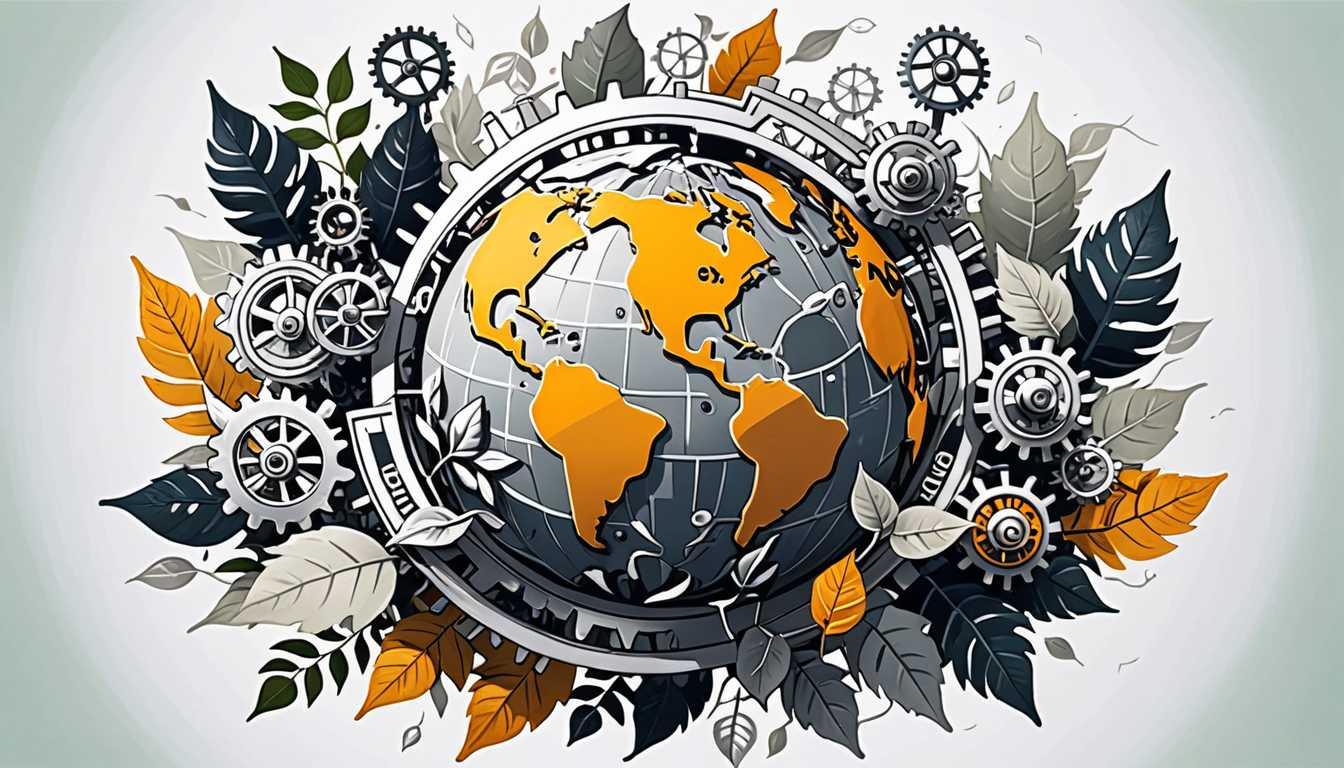Electrified Charcoal: A New CO2 Solution
June 2024
University of Cambridge
Introduction
Hey future scientists! Did you know that researchers at the University of Cambridge have created a revolutionary ‘sponge’ made of electrified charcoal that can soak up CO2 straight from the air? This innovative method is like charging a battery, but instead, it helps tackle climate change by capturing carbon emissions efficiently and at lower temperatures. Curious to learn how a simple piece of charcoal might change our planet’s future? Dive into this fascinating article and find out!
READ FULL ARTICLEWhy It Matters
Discover how this topic shapes your world and future
Unpacking the Puzzle of Carbon Capture
Carbon capture is a hot topic in the fight against climate change, and understanding it is crucial for our future. As the world grapples with rising temperatures and extreme weather, scientists are exploring innovative ways to reduce carbon dioxide (CO2) levels in the atmosphere. The recent breakthrough at the University of Cambridge, where researchers used activated charcoal charged similarly to a battery, presents a promising solution. This method not only captures CO2 efficiently but does so at much lower energy costs than traditional methods, which often rely on high temperatures and fossil fuels. By embracing such technologies, we can work towards achieving net-zero emissions—a vital goal for protecting our planet and securing a healthier environment for future generations. As you learn about this topic, consider how your choices and innovations can also help combat climate change.
Speak like a Scholar
Carbon Capture
A technology that collects carbon dioxide from the atmosphere or emissions before it can contribute to climate change.
Activated Charcoal
A form of carbon processed to have small, low-volume pores that increase its surface area for adsorbing substances, often used in filtration systems.
Ions
Atoms or molecules that have gained or lost one or more electrons, giving them a positive or negative charge.
Hydroxides
Chemical compounds containing hydroxide ions (OH⁻), which can bond with carbon dioxide to help capture it.
Porous Materials
Materials that contain pores (tiny holes) and can absorb or filter substances, important in applications like carbon capture.
Resistive Heating
A process where electrical resistance converts electrical energy into heat, used here to warm the charcoal for CO2 release.
Independent Research Ideas
The Role of Activated Charcoal in Air Quality Improvement
Investigate how activated charcoal is used beyond carbon capture, such as in air filters, and its overall impact on urban air quality.
Comparative Analysis of Carbon Capture Technologies
Explore different methods of carbon capture, comparing their efficiency, costs, and environmental impacts, to determine which might be best suited for various scenarios.
The Science of Ion Interaction in Carbon Capture
Delve into the chemistry of how ions interact with carbon dioxide, examining the bonds formed and their implications for material design.
Renewable Energy Sources for Carbon Capture
Analyze the potential of using renewable energy to power carbon capture technologies and discuss challenges and opportunities in this intersection of fields.
The Future of Porous Materials in Environmental Solutions
Investigate emerging materials that can capture other gases or pollutants, considering their potential applications in mitigating climate change and pollution.
Related Articles

Plastic Recycling Realities: MIT Tech Review
July 2024
MIT Technology Review

Peat, Whisky, and Climate: A Smoky Affair
February 2025
JSTOR Daily

Water: The Future of Battery Safety
September 2023
MIT Technology Review

Air-Cleaning Breakthrough: Meet COF-999!
October 2024
UC Berkeley NewsCenter

Turning Toxic Water Safe: A Simple Science Win
August 2022
University of California